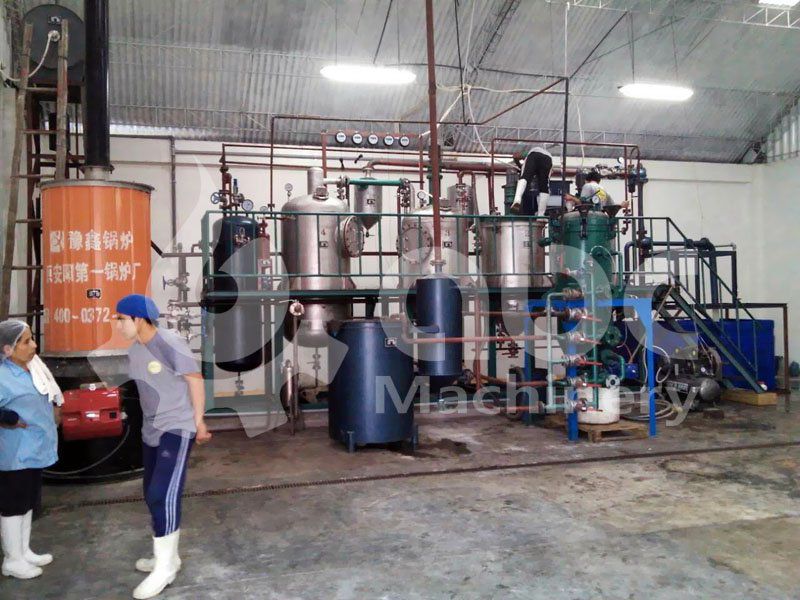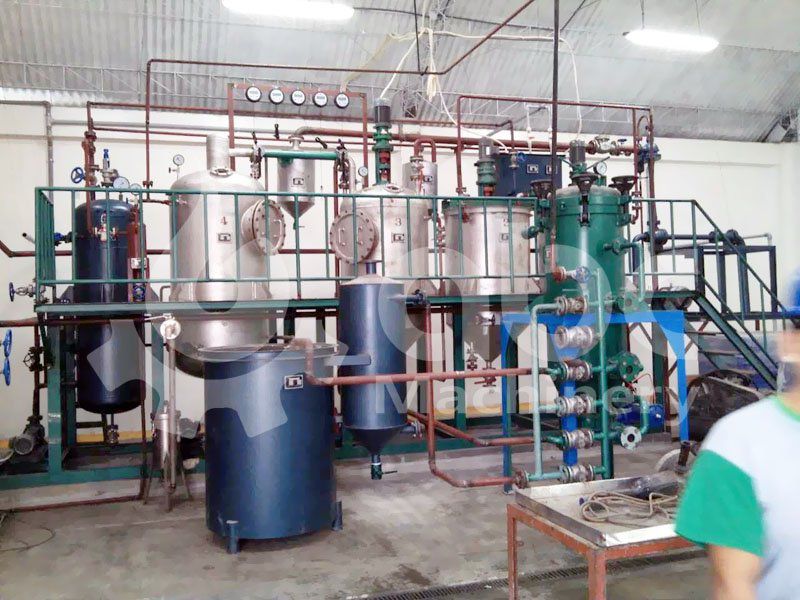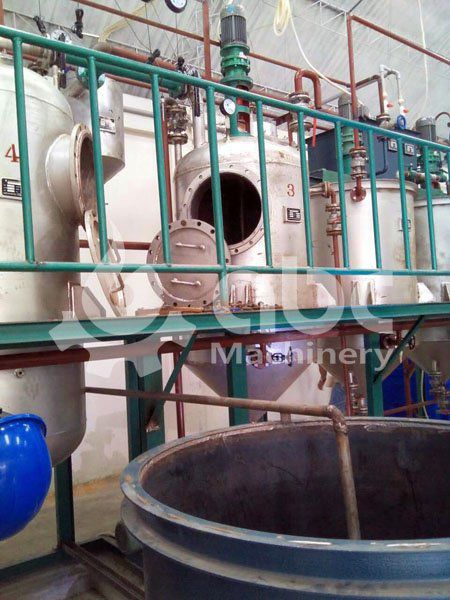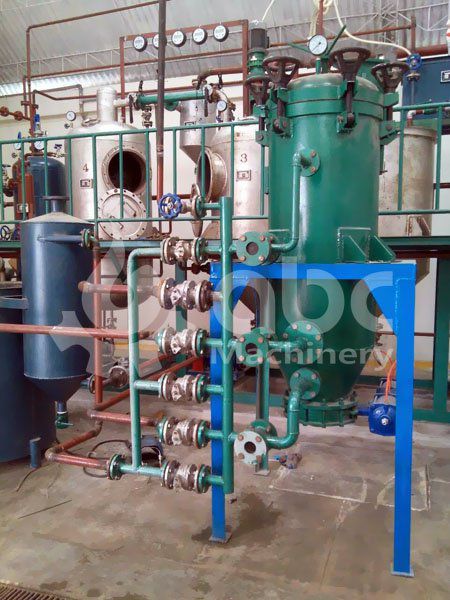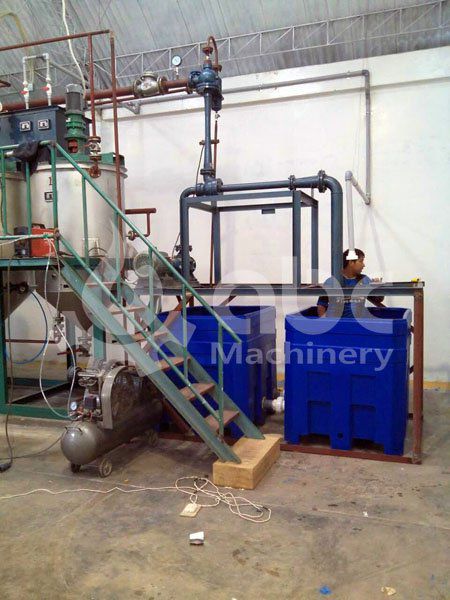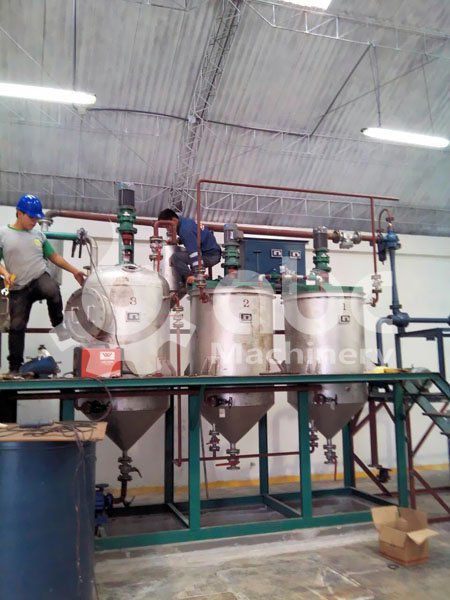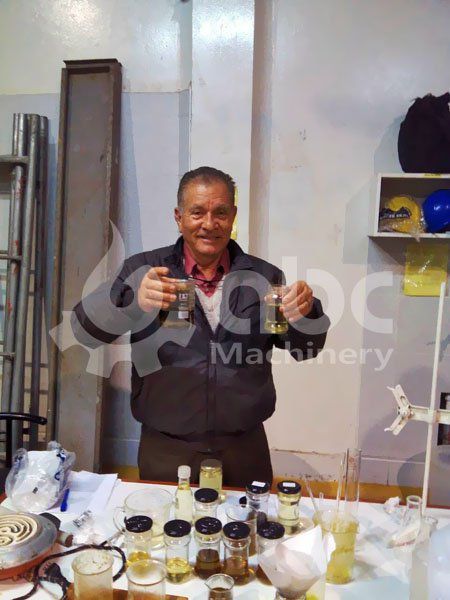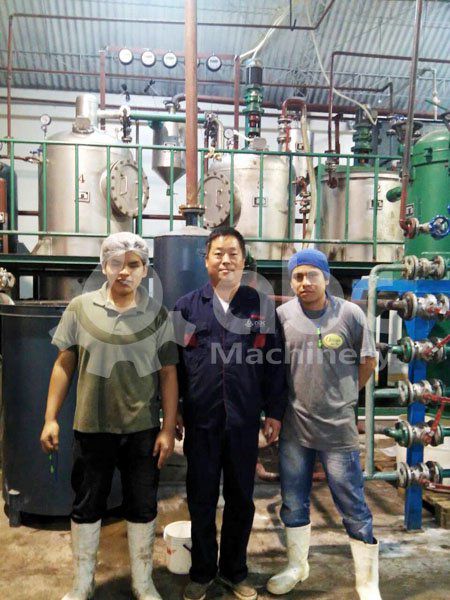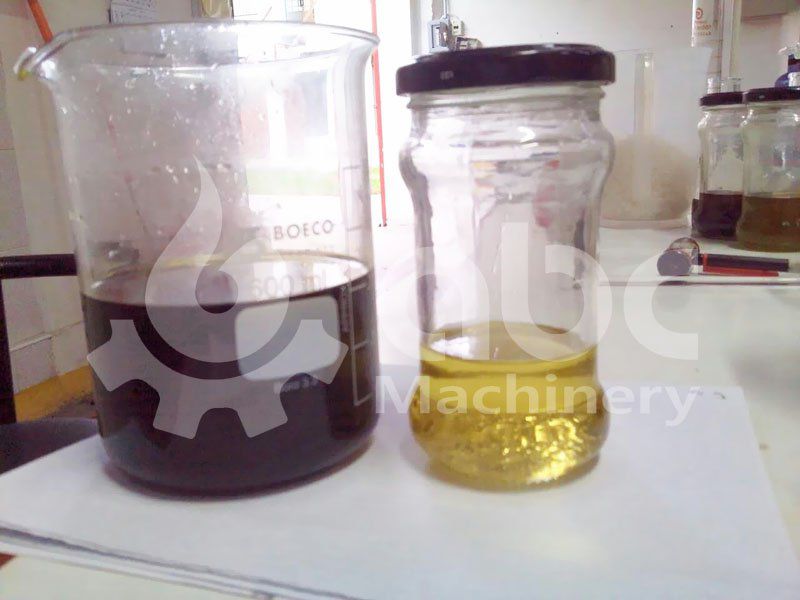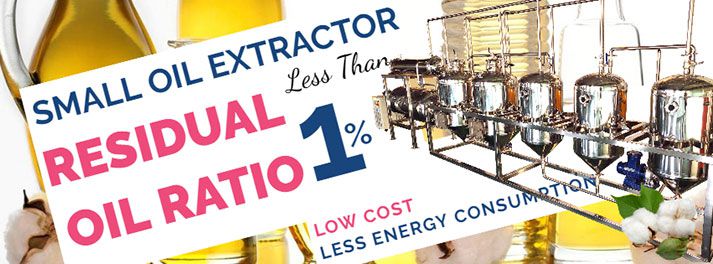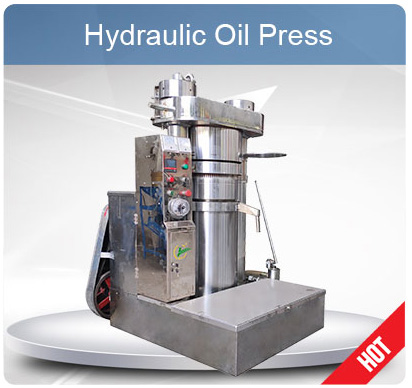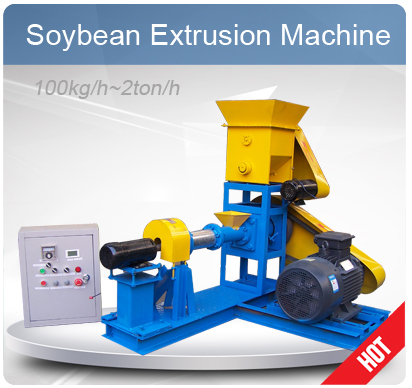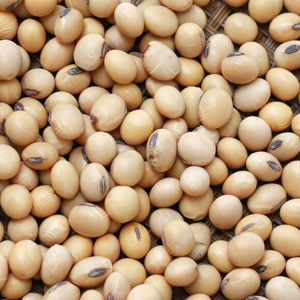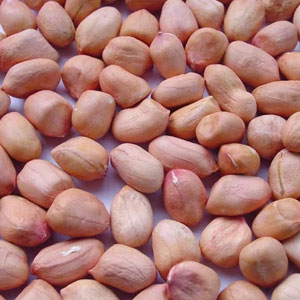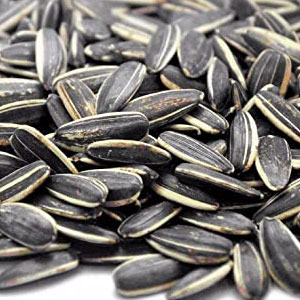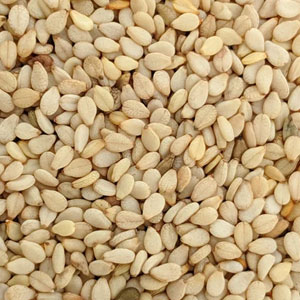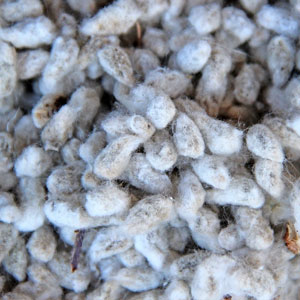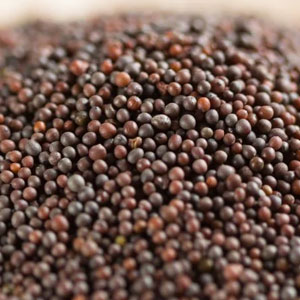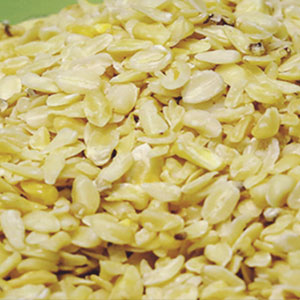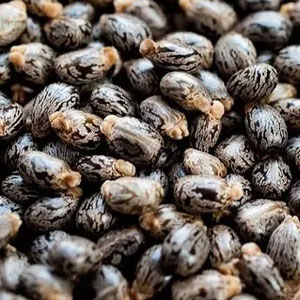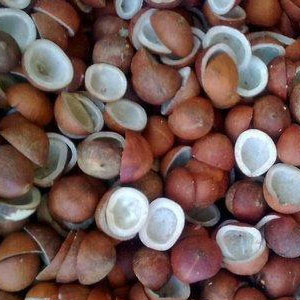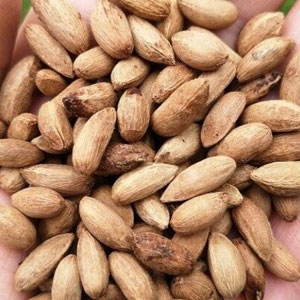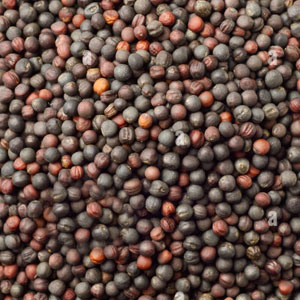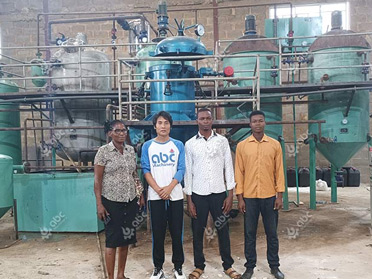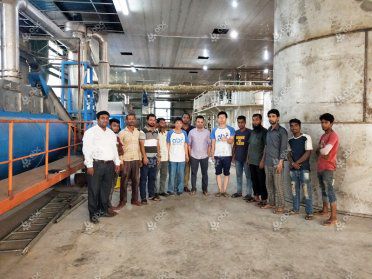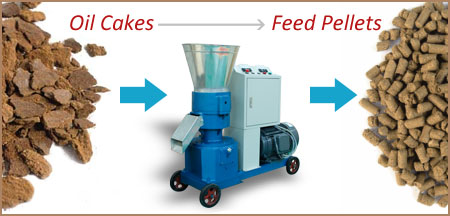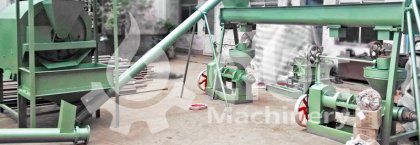This mini olive oil refinery plant was located in Peru built for our client. This plant can produce 1 ton refined olive oil per day.
Photos of the Olive Oil Refinery Plant in Custruction
View the photos below to have a brief look at the project. If you are also planning to set up a small oil refinery and need a customized project plan, feel free to contact us, and we will try our best to help you! (Related Project: 20TPD Edible Oil Refinery Project in the Philippines)
Market of Olive Oil Production
Olive oil has gained a cult status in the last decade. Olive oil originated from the Mediterranean region where the olive trees are aplenty. It can be used for a wide variety of purposes ranging from cooking to do-it-yourself beauty products. It is made up of mono unsaturated fats, which link it to a myriad of health benefits. Oil is extracted from the olive fruits by pressing them. The oil so obtained is not fit for consumption straight away. It needs to be refined so that passes the muster of IOC trade standards. Refining oil removes the undesirable taste, colour and acidity while not changing the glyceridic structure of the oil.
Process Flow of Olive Oil Refinery Plant
The working of a olive oil refinery is explained in detail below.
- Delivery of Raw Materials
The initial product to be refined is lampante olive oil. This is obtained by cold pressing of olives after they have been washed, decanted, centrifuged and filtered. The oil thus obtained is stored in drums, tanks or other containers till refining. It should be ensured that only food grade quality processing aids such as, water, active carbon, filter earth, paper silica etc, are used.
- Sampling and Testing
The oils delivered for refining should be sampled and stored in accordance with ISO 5555. The samples should be tested to make sure they comply with the standards mentioned in the contract and to plan the refining conditions.
- Unload and Storage
The oils are then unloaded to storage vats or tanks through a pipe which is fitted with a filter to contain any foreign materials.
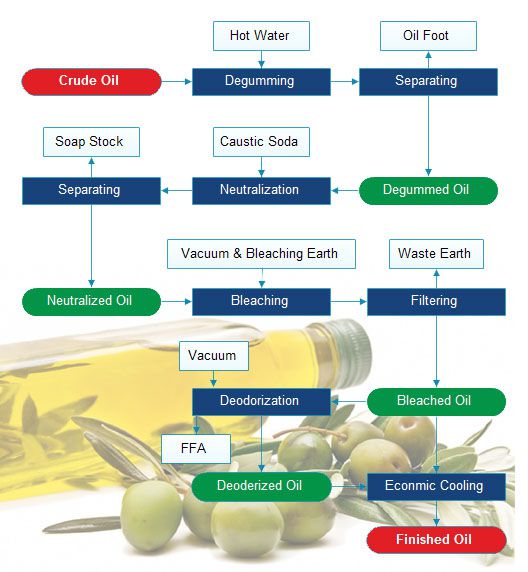
Crude Olive Oil Refining Process
- Purification and degumming
First, physical refining needs to be carried out on the oils to remove phospholipids and extraneous matter. This is done using phosphoric acid or other authorised acids. The resultant mixture should then be washed with water. Physical refining is mainly done in for crude olive-pomace oils. If necessary, degumming of the crude olive-pomace oils can also be done.
- Neutralisation in the Case of Chemical Refining
There is usually free fatty acids like soap present in the oils which is removed by neutralisation with soda. The neutralised oils and soaps are then separated by settling or centrifugation. After this process, alkaline substances such as soap and trace metals, phospholipids and other impurities are removed by first, washing with water mixed with some processing aids, heated to 90 C and then separation by centrifugation or settling. The oils are then pressure sprayed under vacuum to dry them.
- Bleaching
Neutralisation cannot destroy all of the coloured pigments in the oil. In addition, there are peroxides, secondary oxidation products, trace amounts of soap, metal and phospholipids present in the oil. To remove these impurities, they need to be absorbed by bleaching earth andlor active carbon. Bleaching earth and active carbon are essential in removing polycyclic aromatic hydrocarbons. Absorption can also be performed by other aids at 100 C. The mixture is then stirred under vacuum in a slightly acidic medium. The resultant mixture is then filtered to separate the blended oils.
- Winterisation
If crude olive-pomace oils are refined, a process called winterisation needs to be performed. Winterisation is done to remove waxes which have high melting points and which can become solid and will precipitate if subjected to ambient temperature. In this process, the oil is first cooled and then the waxes are separated by centrifugation or settling.
- Neutralising Distillation In the Case of Physical Refining
The oil is then distilled by direct high vacuum steam at a pressure of 0.5—2 millibars and temperature between 240—250 C, stripping it of free fatty acids.
- Deodorisation
The oil then undergoes a process called deodorisation, which removes flavours and odours. This is done by distillation by direct steam under vacuum. The pressure should be 2 millibars and the temperature should not be greater than 220 C.
- Final oil filtering
Then, the oil is filtered one last time through paper filters or filters made of other suitable materials. This removes any trace of impurities like bleaching earth. (Related Product: Small Plate and Frame Filter Press)
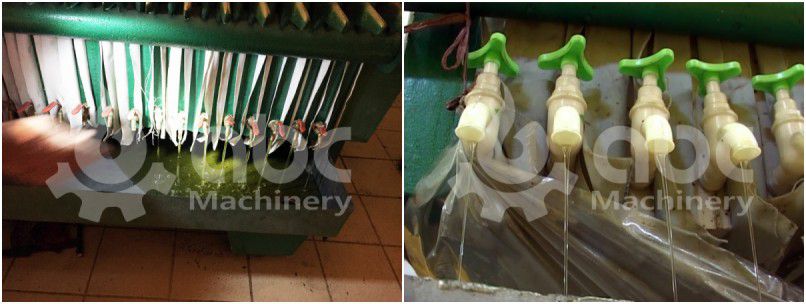
Oil Filtering Process
- Storage
The oil has been refined and can be stored in stainless steel tanks or tanks made of other materials which are food grade. If it needs to be stored for a long period of time, nitrogen atmosphere storage is recommended.

 Build Your Future!
Build Your Future!